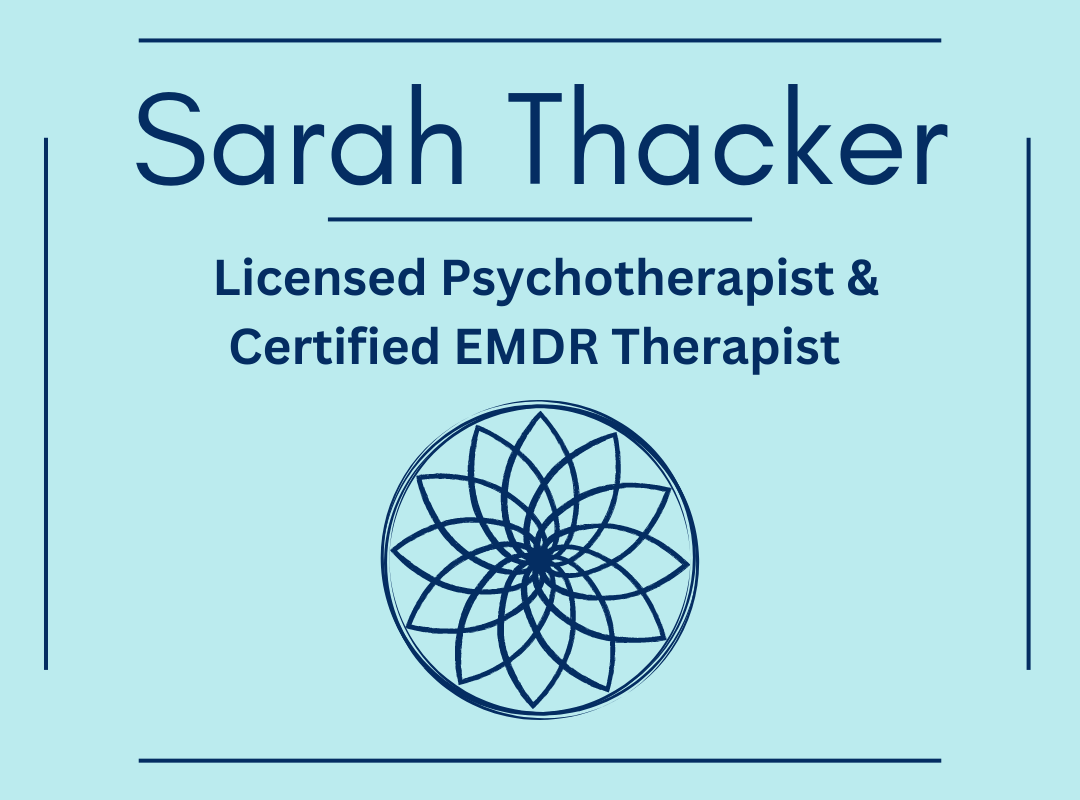If you have ever tried to build muscle at the gym, then you know that only lifting weights once in a while simply won’t cut it if you want to get stronger. It’s through consistency and repetition that you begin to build your muscles and feel stronger over time. The same is true for building your mental muscles related to your mindset and creating the opportunity to change your own patterns.
Think of building your mindset as if it’s strengthening your mental muscles. Each time you practice strengthening your mindset you become stronger. If you take a long break from this practice, most likely you will have to start small and rebuild one repetition at a time in order to regain your strength.
Mindset is what you focus on with determination coupled with consistently following through. Mindset is the muscle you strengthen that supports the process of change through taking consistent action. Each time you practice engaging your mindset, you become far more likely to follow through on the action steps needed to create the change you desire.
When you have a strong and focused mindset you are able to work through the mental noise and take control of the mental gymnastics that can derail you. We all have an inner self-saboteur. When your mindset muscle is strong, you’re ready to deal with that saboteur part of yourself. Through strengthening your mindset, you are prepared to remain strong in the face of the internal saboteur—usually experienced as convincing excuses— that usually arise from fear or shame.
Fear and shame are two emotions that can keep you living small, keep you feeling stuck and out of alignment with your vision for your life. The trick is that you must experience and understand these emotions, allowing you to feel and recognize the fear and/or shame and get curious about why it’s there. The shame plays off of the fear by way of reminding yourself how you maybe didn’t follow through in the past. The shame will then try to convince you that you won’t follow through based on these perceived failures from the past. This inevitably makes you feel so crummy about yourself so that you feel safer feeling the fear of change rather than taking the action YOU KNOW would move you closer to your vision. The mind is so tricky to conquer. The good news is that with consistency and practice you can have a greater understanding of your patterns and where the fear and shame are just an old narrative that you DO have the power to change.
Setting the foundation to build your mindset and strengthen your mindset muscle begins with knowing what you want and why you want it. When you can connect to your vision for your life and set goals, you have your future self to route for you and support you through the change process. The process from there really comes down to putting in the effort and using the energy of your hope for and belief in your future self to create a plan and then to take decisive action—consistently.
As always, it’s most effective for long-term sustainable change when you start small and develop your own inner trust muscle. You have to trust yourself; you have to believe in yourself. That is where you have to face—and at times wrestle with—the discomfort of any lingering experience of fear or shame. If you haven’t believed in or trusted your own abilities in the past, then it will try to come back and convince you that it won’t now either.
Setting up your plan based on your vision for your life and the goals that support your vision with action steps gives you a roadmap to follow. You want your goals and action steps to be simple, specific, doable and desirable. You build on these steps over time as you begin to trust yourself and believe that you not only can, but that you WILL follow through. For example, if you want to move more, you might begin with putting on the clothes you want to move in and wearing them for the time you want to move. The next time, wear the clothes and move for 5-10 minutes. Plan each detail such as the days you will do this and specifics of what you will do for the week. Review at the end of the week and check in with what happened when you did follow through and what happened when you didn’t. Understanding your own pitfalls, blocks and inner saboteur as well as what motivates you gives you valuable information about how to move forward. Self-reflection and self-awareness will guide your process. You can apply this process to anything you’d like to integrate, change or do.
When you do this consistently, week to week, you will be strengthening your mindset muscle, which will draw you closer to your vision for your life. If you are someone who prefers step-by-step specifics, try the going through these steps below to begin strengthening your mindset today.
1. What do you want?
2. Why do you want this?
3. What will allow you to get what you want?
4. When will you do the action that allows you get what you want?
5. What fear or shame comes up for you around taking this action?
6. Where can you start small and put these actions into place?
7. Now create your plan.
8. Now reflect on how it goes and learn from your struggles and from what motivates you.
9. Practice, be consistent!
10. Re-evaluate.
If you go through these steps to strengthen your mindset muscle so you can align yourself with your vision for your best life, I would love to hear how it goes. If you’d like a refresher on the 10 steps to create a life you love, you can revisit the full overview HERE or go to the blog and read about each step in depth. Change is challenging and yet necessary for growth. The stronger your mindset is through the change process, the more alignment you will experience with your vision for a life you love. Practice strengthening your mindset muscle and you will feel the impact within your life in so many positive ways.



